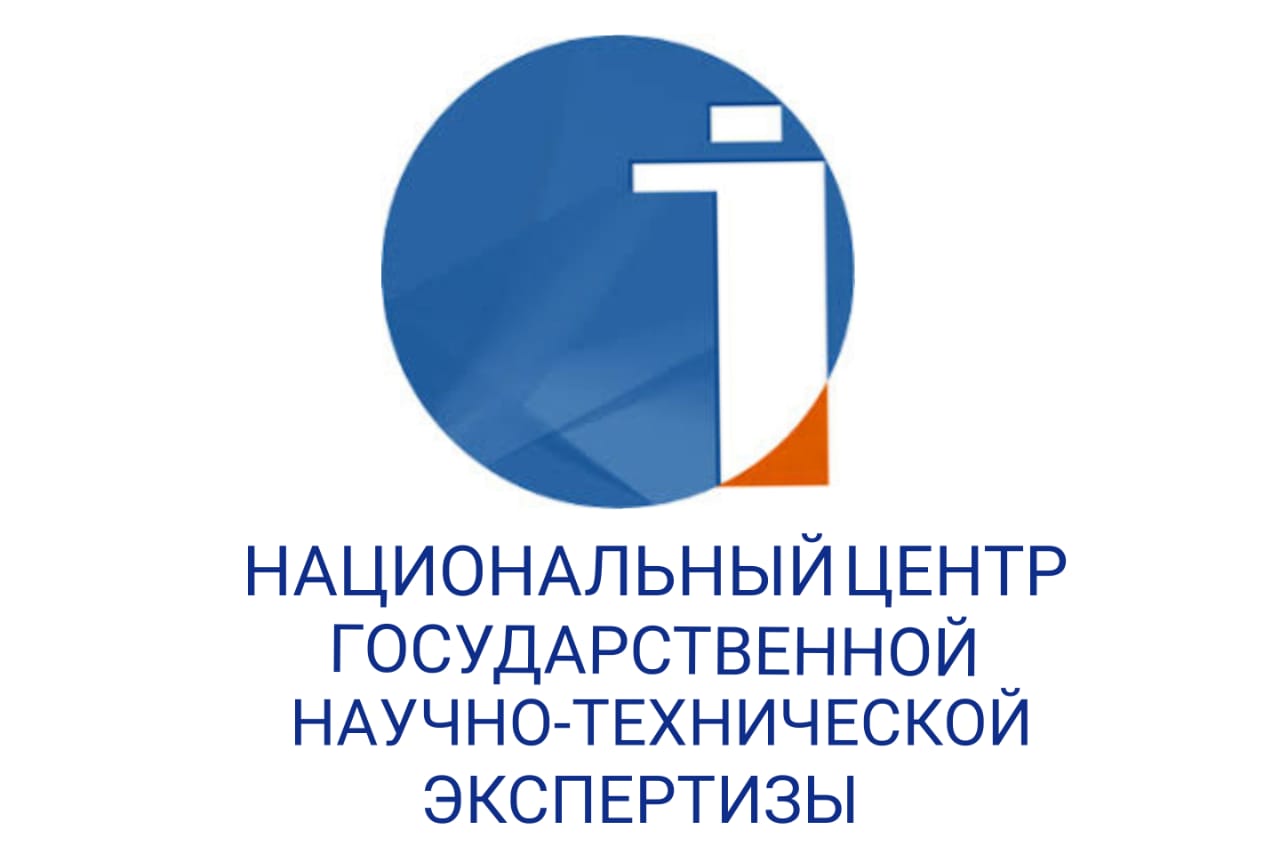MEDIA TEXT IS A KEY FACTOR IN CREATING A MEDIA PICTURE OF THE WORLD
DOI:
https://doi.org/10.48371/PHILS.2022.67.4.001Keywords:
media linguistics, media text, cognitive linguistics, cognition, language picture of the world, media picture of the world, mass communication, mass-mediaAbstract
This article explores the cognitive features of modern Kazakh media texts. Particular attention is paid to the images of media texts and their linguistic features, the information and organizational functions of the media, the interpretive properties of media texts, as well as their role in building an information picture.
In the article, the media text is considered not only as a cognitive tool for individual communication, but also as a result of the joint result of extracting and disseminating information between people and organizations. The purpose of scientific research is to identify the features of the cognitive language in media texts.
The author of the article, reviewing the studies of Kazakh media texts, is based on the need to consider modern media texts in a cognitive aspect.
When writing this article, general scientific methods were used, such as: research, systematization, synthesis and deduction.
The article focuses on one of the main functions of the media in society - the information function. The connection with the reflexive properties of media texts in the implementation of the information function is formulated. The fact that media texts reflect the diversity of the world in a certain media format is a key factor in creating a modern image of the world.
The advantage of studying media texts in a cognitive direction is not only a detailed study of its internal structure and individual components in order to obtain the most realistic idea of an object or a real phenomenon, but also those features that reflect them in movement, action and natural functional connection with the outside world.
Analyzing the role of media texts in fulfilling the multifaceted ideological mission of society, promoting spiritual ideas, their socio-psychological nature, political and social role in public relations, the author concludes that the mechanism for creating an image of the world in modern conditions of globalization depends on the media.
At the end of the article, a conclusion is made that modern media texts are the main factors in building a media picture of the world.
The scientific and practical significance of the article is manifested in the study of the national cognitive nature of media texts. The results of the study are a contribution to research in the areas of "Medialinguistics", "Text Linguistics", "Cognitive Linguistics".
The conclusions revealed during the study can be useful in studying the cognitive aspect of media texts.








